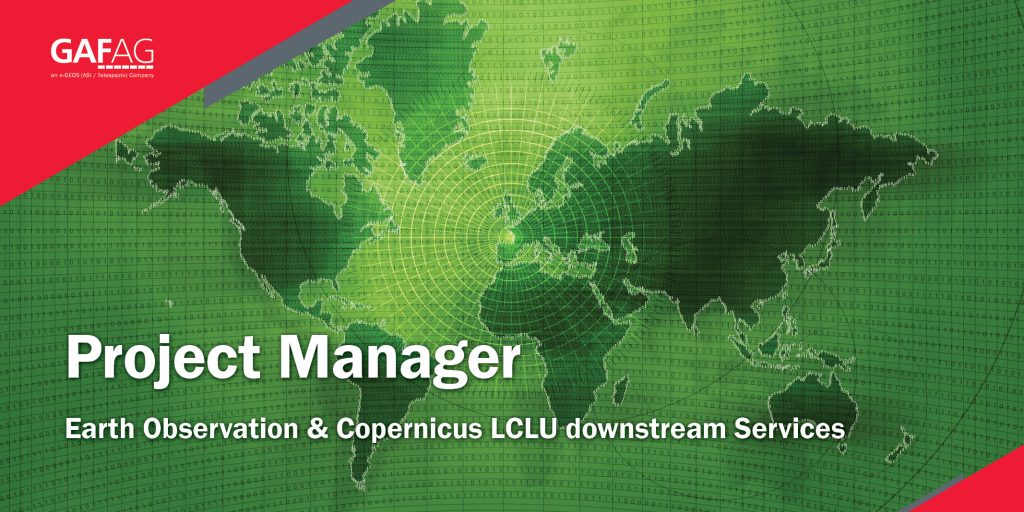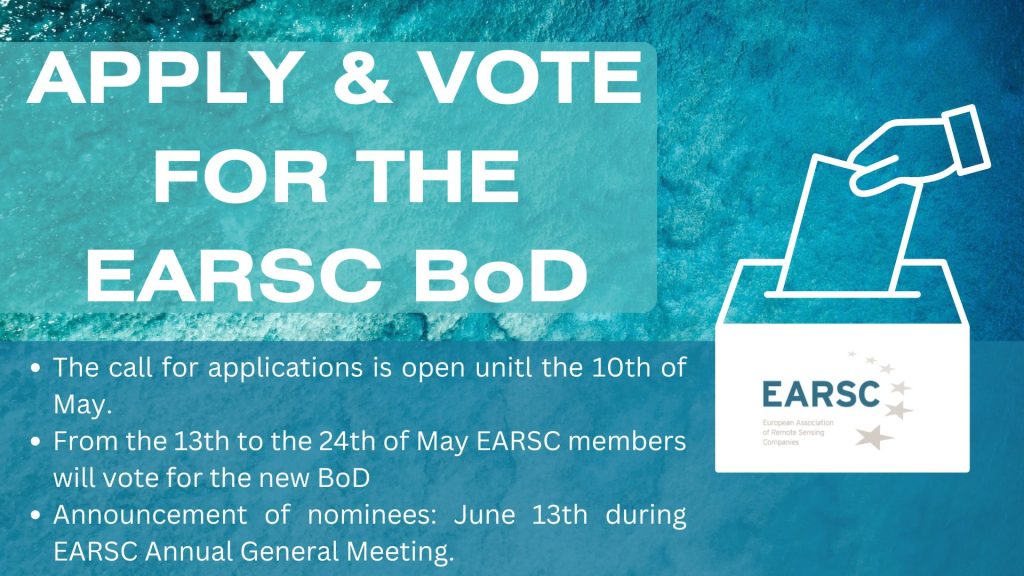
The voice of the Earth Observation
Industry
Barents bloom, Sentinel-2A - processed by ESA, CC BY-SA 3.0 IGO

Discover the largest European
Earth Observation Network
Lake Balkhash, Kazakhastan, Sentinel 2 - processed by ESA, CC BY-SA 3.0 IGO

EARSC promotes the understanding
of our Planet for societal benefits
Brussels, Spot 5 Sqtellite - Airbus Defence and Space
EARSC 4 Pillars
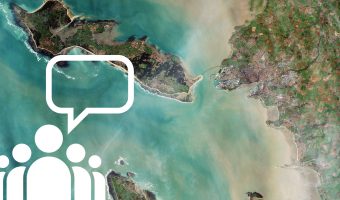
Representing the Members
The core pillar of our activities is to support and promote our members. We achieve this goal mainly through projects which we undertake (see projects). Members’ views are gathered through a series of ad-hoc working groups dedicated to important topics. We inform our members through a monthly report and a dedicated portal about important news and information, as announced bid opportunities – and dedicated e-mails for key items.
Read More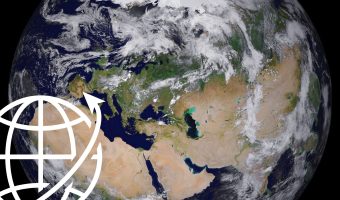
Market development & Internationalization
EARSC is engaged in a wide range of activities to develop new markets and business opportunities for our members. Our strategy is to engage users, identify needs and stimulate demand for European EO services both in Europe and abroad with complementary commercial and geographical approaches.
Read More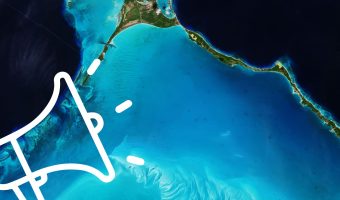
Promoting the industry
EARSC employs a range of sophisticated digital tools to promote the European EO sector. EARSC has three main digital tools which cover creating a shared vocabulary (EARSC TAXONOMY) , providing a common space to find EO companies, and a common space to discover ‘online’ EO services.
Read More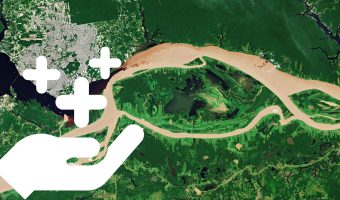
Showing the value of Earth Observation
The Earth observation sector delivers a wide range of social and environmental and economic benefits to citizens of Europe and the world. To properly and consistently value these impacts, EARSC leads the Sentinel Benefits Study (SeBS) project in which we measure the total societal impact of products and services coming from Sentinel satellite data.
Read MoreEARSC NEWS
Speech by NASA Administrator Michael Griffin before the Parliamentary Group on Space, French National Assembly
President Accoyer, distinguished members of the Parliamentary Group on Space, and guests, thank you for the opportunity to address you today. I am honored to be with you and look forward to the opportunity to discuss bilateral cooperation with France as well as more general European space collaboration with NASA, and my perspective on the
The Open Geospatial Consortium: Fostering a Climate for Collaboration
The mission of the Open Geospatial Consortium (OGC) is “to serve as a global forum for the collaboration of developers and users of spatial data products and services, and to advance the development of international standards for geospatial interoperability.”
Earth observation highlighted at UN biological diversity conference
Addressing the global issue of biodiversity loss, participants from all over the world recently gathered in Germany to attend the UN’s Convention of Biological Diversity Conference of Parties.
The French Connection to GEOSS
Whether for surface imagery, altimetry, studies of aerosols and clouds or recording the Earth’s magnetic field, satellites permit a global view of our Earth and in combination with more precise local in situ measurements offer enormous potential in understanding how the Earth ’system’ works from the planet’s core out to the stratosphere, helping us to manage our Earth.
Increasing Demand For Earth Observing Satellite Data Addressed At European Conference
For more than 40 years, Earth observing satellites have delivered valuable data about our planet and have enabled a better understanding and improved management of the Earth and its environment.
"Inside Preview & Risk-Eos"
The bulletin UserLink “Inside Preview & Risk-Eos”, published by the French Civil Protection with the proactive contribution of the Italian Civil Protection and the Swedish Rescue Service Agency, is the reference information source for End-Users on Preview and Risk-Eos projects and their initiatives in the field of GMES. “Preview” aims at developing new geo-information services
China Launches Weather Satellite For Olympic Games
China launched a second Olympic weather forecasting satellite, the Fengyun-3 (FY-3) May Tuesday 27.
SSTL Wins Satellite Imager Contract For Climate Modelling
(28 May 2008) Surrey Satellite Technology Ltd (SSTL), the world’s leading small satellite manufacturer, has secured a contract worth €1.6 million from Astrium GmbH, Germany to proceed with work on a new contract to develop and supply the Multi-Spectral Imager (MSI) for the European Space Agency’s (ESA) EarthCARE Mission.
Area the size of the EU burnt by fires every year, new map shows
Between 3.5 and 4.5 million square kilometres (km2) of vegetation worldwide are consumed by fire every year, an area equivalent to the size of the EU. This is the result of a study conducted by EU-funded researchers and published in the journal Geophysical Research Letters.
September launch for ESA's gravity mission GOCE
(27 May 2008). A new launch date has been set for GOCE. The change of date is due to precautionary measures taken after the malfunction of an upper-stage section of a Russian Proton launcher. Now confirmed not to affect GOCE’s Rockot launcher, the most advanced gravity mission to date is scheduled for lift-off on 10 September 2008.
ERDAS Expands Belgium Office
ERDAS announces the opening of a new office in Liège, Belgium. Effective May 27, 2008, ERDAS has moved from its Grâce-Hollogne, Belgium office to a new, larger location in Liège. Supporting ERDAS’ growth in Europe, the Liège office includes state-of-the art training and meeting facilities, in a convenient and central location for customers and business partners.
IPO To Aid DigitalGlobe-GeoEye Comparison
The $250 million initial public stock offering (IPO) planned by satellite Earth observation imagery provider DigitalGlobe Inc. will give investors an opportunity to make side-by-side comparisons of the Longmont, Colo.-based company with its principal competitor, GeoEye Inc. of Dulles, Va.
"Window on GMES": First issue of a publication on GMES
In a new publication “Window on GMES”, the vast palette of GMES services is illustrated through examples and interviews with key stakeholders. This publication is destined to key political makers, a broader sphere of users and the wider public. “Window on GMES” is being published by the “BOSS4GMES”: http://www.boss4gmes.eu/boss4gmes/Home.do consortium, a FP6 project. The BOSS4GMES
Nation-wide GMRIS for Papua New Guinea, established by GAF AG
Munich – May 20, 2008 – GAF AG, an internationally active geo-information technology company, announces the successful completion of the design, implementation and testing of the Geological and Mineral Resources Information System (GMRIS) for Papua New Guinea at the Mineral Resources Authority (MRA) in Port Moresby.
MEMBERS NEWS


